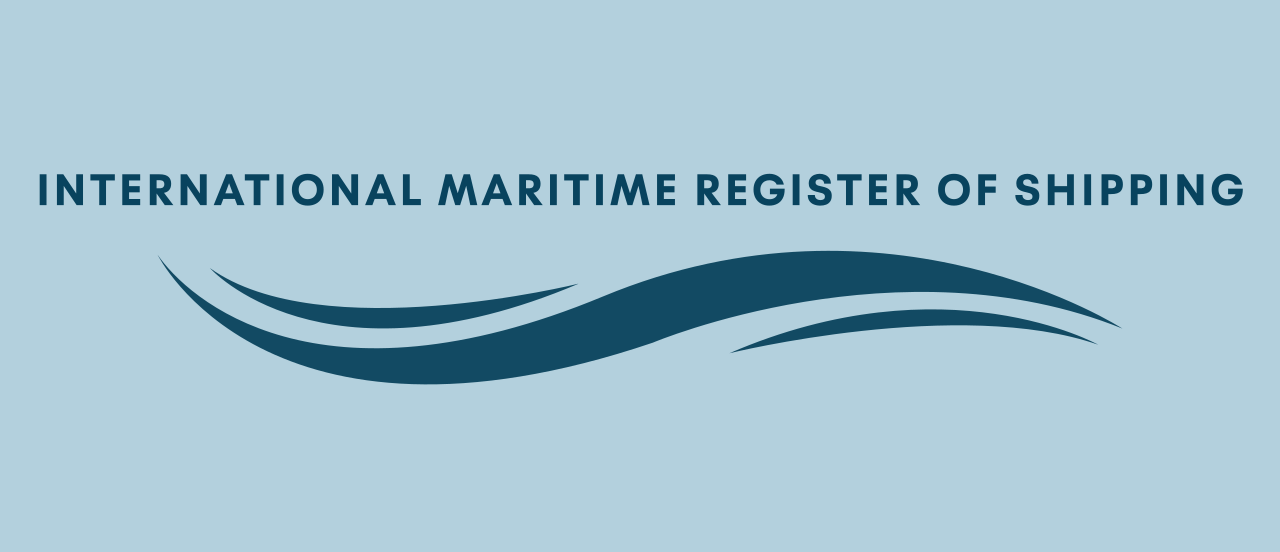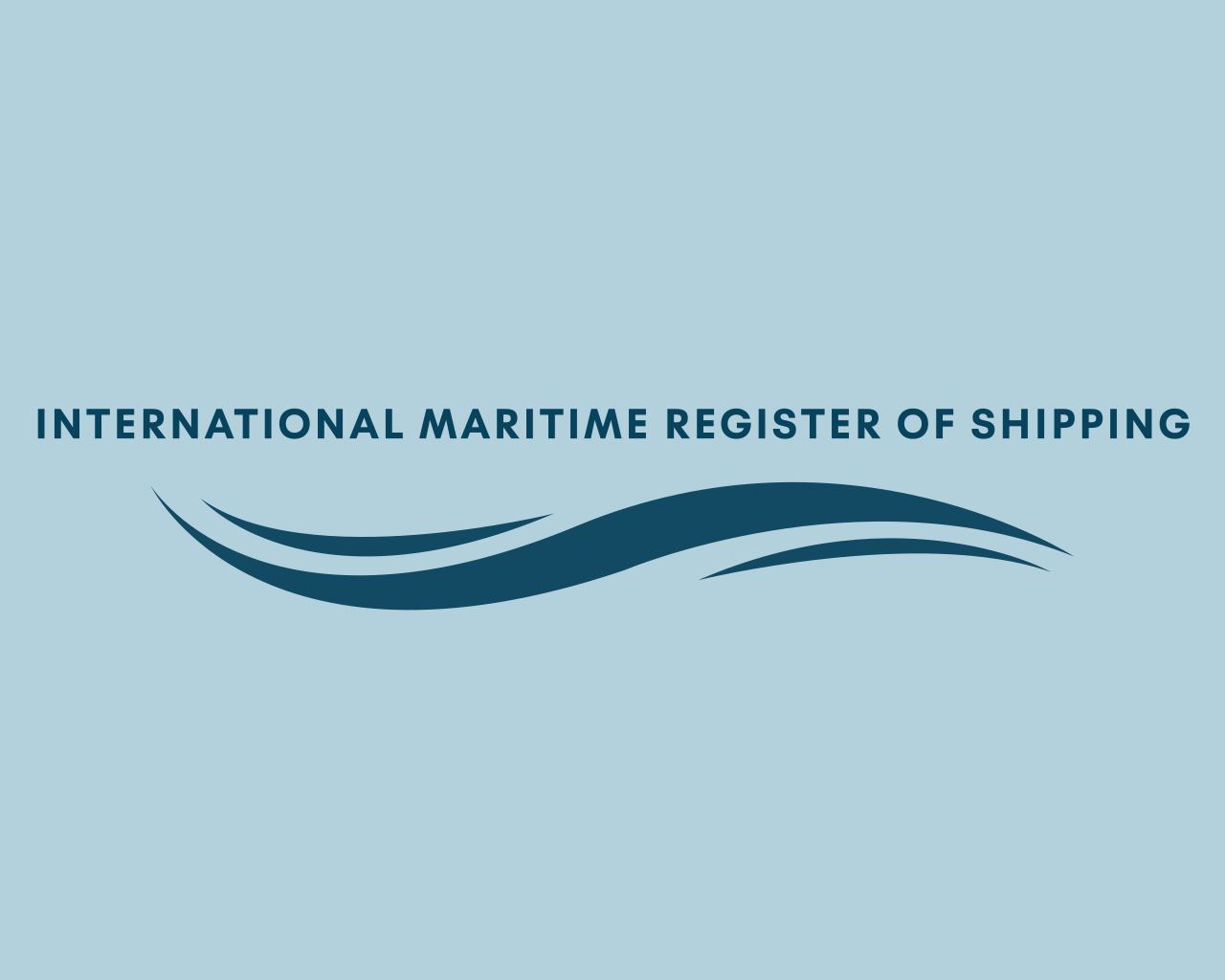Bottom Survey
A Bottom Survey, also known as a Hull Inspection or Underwater Inspection, is a crucial examination conducted on ships to assess the condition of the underwater hull and related components. This inspection is essential for ensuring the vessel’s structural integrity, seaworthiness, and compliance with classification society rules and regulatory requirements. Here’s an overview of the Bottom Survey:
Purpose: The primary purpose of the Bottom Survey is to inspect the underwater hull of the ship to identify any signs of damage, corrosion, fouling, or deterioration. This inspection is critical for maintaining the vessel’s structural integrity, hydrodynamic performance, and operational efficiency. It also helps prevent potential issues such as hull corrosion, biofouling, and marine growth that could impact the vessel’s safety and environmental compliance.
Timing: Bottom Surveys are typically conducted at 5 years intervals . The timing of these surveys may vary depending on factors such as the vessel’s age, trading pattern, operating environment, and previous inspection findings. In many cases, Bottom Surveys are scheduled to coincide with dry-docking or other routine maintenance periods.
Scope: The scope of the Bottom Survey includes a thorough inspection of various components of the underwater hull and appendages, including:
- Hull Plating: Examination of the hull plates for signs of corrosion, pitting, cracking, or other structural damage. This may involve visual inspections, ultrasonic thickness measurements, or other non-destructive testing methods.
- Coating Condition: Assessment of the condition and integrity of protective coatings applied to the underwater hull, including anti-corrosion coatings and anti-fouling paints. Coating damage or deterioration can lead to accelerated hull corrosion and increased fuel consumption due to fouling.
- Appendages: Inspection of appendages such as sea chests, sea valves, propellers, rudders, and thrusters for damage, corrosion, or fouling. Proper maintenance of these components is essential for ensuring the vessel’s maneuverability, propulsion efficiency, and safety.
- Marine Growth: Evaluation of marine growth, biofouling, and invasive species adhering to the underwater hull. Excessive marine growth can increase drag, reduce speed, and impact fuel efficiency, posing environmental risks and regulatory compliance issues.
- Outcomes: Based on the findings of the Bottom Survey, the surveyor may issue various outcomes:
- Updating survey status: If the bottom is conducted satisfactorily, the survey is updated in the survey status and reflected in class hull and machinery certificate
- Recommendations: Any deficiencies or areas of concern identified during the survey are documented as recommendations for corrective action. This may include repairs, maintenance, or coating renewal to address structural or operational issues.
- Conditions: In some cases, the surveyor may impose conditions or limitations on the vessel’s operation until specific issues are addressed. These conditions are intended to mitigate risks and ensure the safety of the vessel and its crew.
Follow-up Actions: Shipowners are responsible for addressing any deficiencies or recommendations identified during the Bottom Survey. Corrective actions may include hull repairs, coating renewal, propeller polishing, or biofouling removal. The classification society may conduct follow-up inspections to verify that corrective actions have been implemented satisfactorily.
Benefits: Bottom Surveys provide several benefits to shipowners, operators, insurers, and regulatory authorities, including:
- Assurance of continued compliance with classification standards and regulatory requirements.
- Early detection and prevention of hull corrosion, structural damage, and biofouling.
- Enhanced reliability and efficiency of the vessel, optimizing performance and minimizing fuel consumption.
- Protection of marine ecosystems and compliance with environmental regulations regarding invasive species and biofouling management.
In summary, Bottom Surveys play a critical role in ensuring the seaworthiness, safety, and environmental compliance of ships. By conducting regular inspections of the underwater hull and related components, shipowners can mitigate risks, minimize operational disruptions, and maintain the integrity and reliability of their vessels throughout their operational life.

